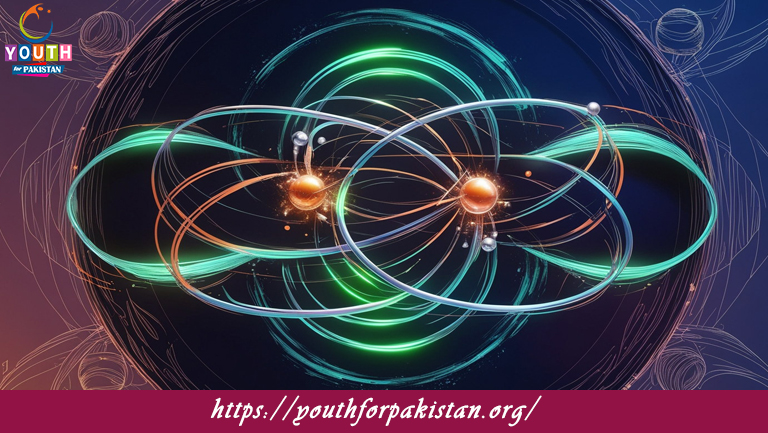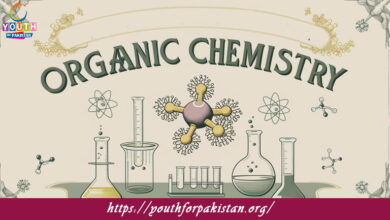Sp-Hybridization MDCAT Quiz with Answers

Sp-Hybridization MDCAT Quiz; Those molecules where the central atom forms two bonds with other atoms. The concepts of sp hybridization will enable one to answer a variety of questions in the MDCAT Quiz that focus on molecular geometry, bond angles, and structure for molecules displaying a triple bond or linear geometries.
H2: Concept of sp Hybridization
sp Hybridization The combination of one s orbital and one p orbital from the same atom leads to two equivalent hybrid orbitals. These two sp hybrid orbitals orient in a linear geometry with bond angles of 180°. The remaining two p orbitals on the atom remain unhybridized and can form pi bonds with other atoms. sp Hybridization Typically, sp hybridization is observed in molecules containing triple bonds, as in acetylene (C₂H₂). In this case, each carbon undergoes sp hybridization, resulting in two sigma bonds—one with hydrogen and one with the other carbon atom. The unhybridized p orbitals of each carbon form two pi bonds, leading to a triple bond between the two carbon atoms.
H3: Quiz on sp Hybridization
The MDCAT Quiz on sp hybridization is intended to test students’ abilities in the identification of molecules with sp hybridized atoms and an understanding of their molecular geometry. Students will be expected to determine bond angles, make predictions regarding structure, and describe the bonding in molecules such as acetylene (C₂H₂), carbon monoxide (CO), and hydrogen cyanide (HCN), whose central atoms are sp hybridized. In this quiz, much emphasis will be placed on how the formation of pi bonds, in addition to sigma bonds, relates to the stability and reactivity of molecules. Practicing these quiz questions will allow students to reinforce their understanding of sp hybridization and prepare for related questions in the MDCAT exam.
H2: Examples of sp Hybridized Molecules
Several molecules feature sp hybridization, and understanding their structure and bonding is crucial for MDCAT preparation. Here are some key examples:
Acetylene: In acetylene, both carbon atoms hybridize to form a sigma bond with one hydrogen atom and another such bond with the other carbon atom. Two pi bonds are formed by the remaining p orbitals of the two carbon atoms, resulting in a triple bond between the two carbon atoms. The linear geometry is obtained with a 180° bond angle.
Carbon Monoxide (CO): In carbon monoxide, the carbon atom undergoes sp hybridization, forming one sigma bond with oxygen and another sigma bond with the lone pair of electrons on oxygen. The remaining p orbitals on carbon and oxygen overlap to form two pi bonds, resulting in a triple bond between carbon and oxygen. The molecule has a linear shape with bond angles of 180°.
Hydrogen Cyanide—HCN In HCN, the carbon atom undergoes sp hybridization to form one sigma bond with hydrogen and one sigma bond with nitrogen. The remaining p orbitals on carbon and nitrogen form two pi bonds, resulting in a triple bond between carbon and nitrogen. The molecule is linear with bond angles 180°.
H3: Free Flashcard for sp Hybridization
The Free Flashcards for this topic would help the MDCAT students reinforce their understanding of sp hybridization. These flashcards allow the student to glance over, in a very short amount of time, the process entailed in sp hybridization and the effect it has on molecular geometry and, subsequently, on such molecules as acetylene and carbon monoxide. Through repeated exposure to these flashcards, the student becomes capable of locating an sp hybridized atom or making predictions about the characteristics of the molecule. A very useful exercise for quick revision and making students confident for the MDCAT exam question about sp hybridization.
Experience the real exam environment with our expertly designed collection of over 25,000 MCQs MDCAT Mock Tests.






